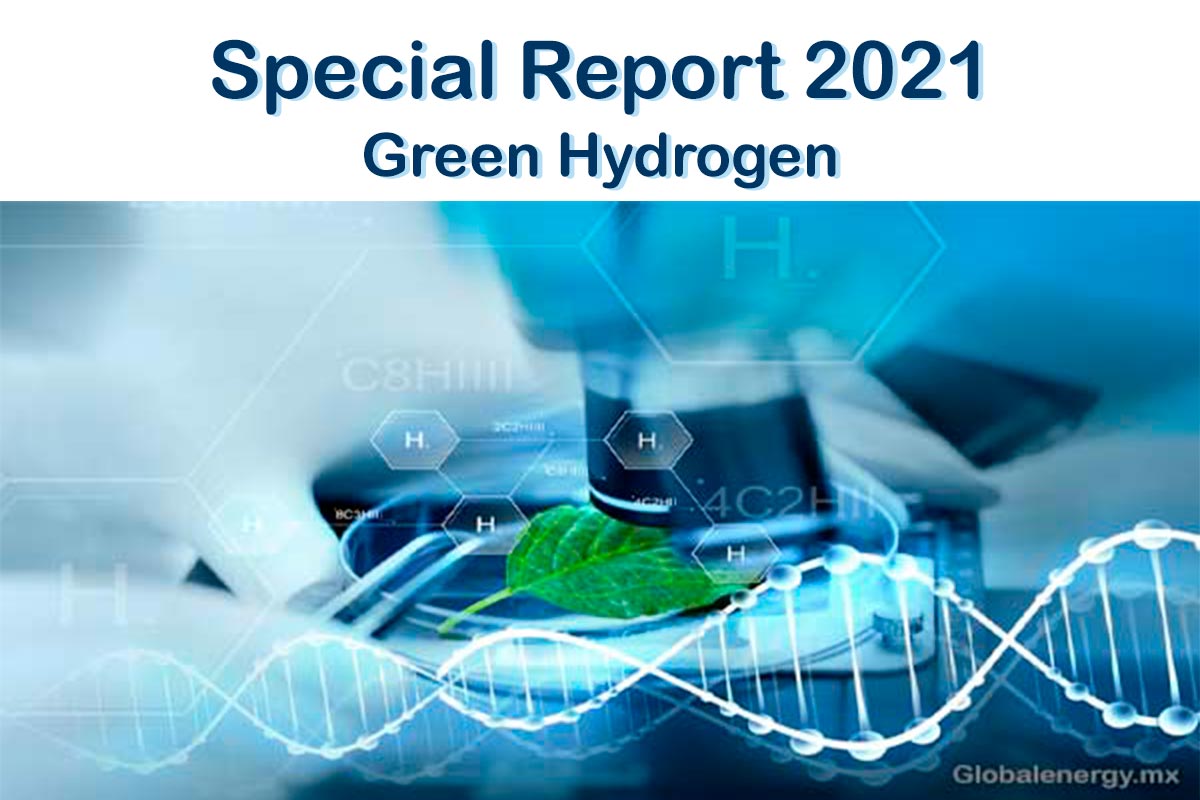FAQ about Green Hydrogen

2. What is the future of Green Hydrogen?
The term hydrogen (H) can refer to both the hydrogen atom and the hydrogen molecule (H2), made up of two H atoms. H is the simplest element in the universe, it has a single electron and therefore occupies the position number one on the periodic table.
H is an unlimited resource and, although it is the most abundant element in the universe, on Earth it is rare to find it in a free state. This is due to its condition of being a light gas that easily escapes from the gravity of our planet since the Earth lacks the necessary force to retain it. To obtain green H2 in large volumes, it is necessary to produce it industrially, a complex and very expensive process, which for now makes it not competitive compared to other fuels.
The good news is that on December 8, 2020, through an initiative called the Green Hydrogen Catapult, seven leading companies in the world announced that they have joined in a global coalition that will accelerate the scale and green hydrogen production in the next six years. in this way helping to transform the most carbon-intensive industries, such as power generation, steel, chemical, air and maritime transport, which cannot use solar energy or wind power, and therefore continue to emit greenhouse gases.
The initiative of the alliance “Green Hydrogen Catapult” aims to reduce costs to less than $ 2 / Kg, essential to be able to leave behind fossil fuels.
FAQ about Green Hydrogen
1. Why is Green Hydrogen so important?
2. What is the future of Green Hydrogen?
3. Why is it so expensive to produce Green Hydrogen?
4. How can the production of Green Hydrogen be made cheaper?
5. What is the “Green Hydrogen Catapult”?
6. What is the difference between black, blue, and green hydrogen?
7. Will Green Hydrogen replace Solar Energy and Wind Power?
8. Could Chile become a Green Hydrogen leader?
9. What is an electrolyzer and what is its relationship to Green Hydrogen?
And you can also see it in…
Infographics

Photo Gallery

Video gallery


